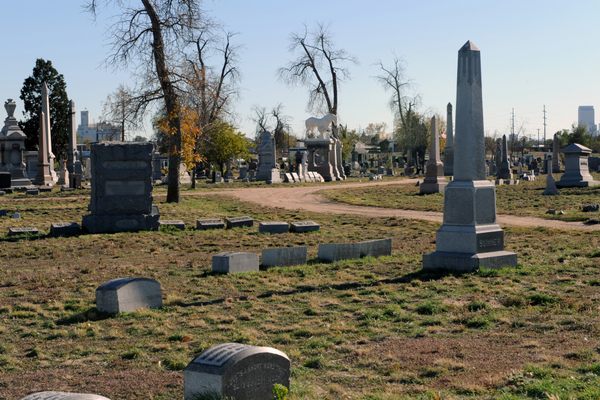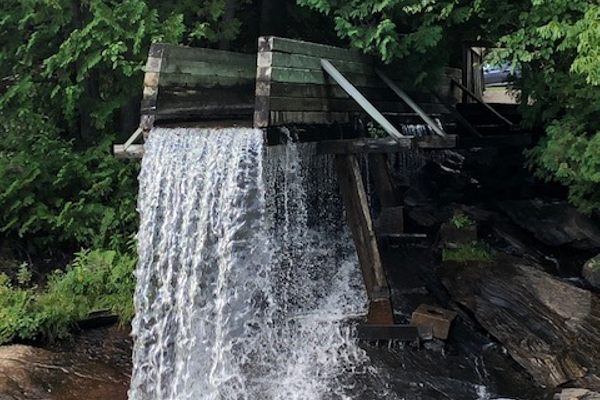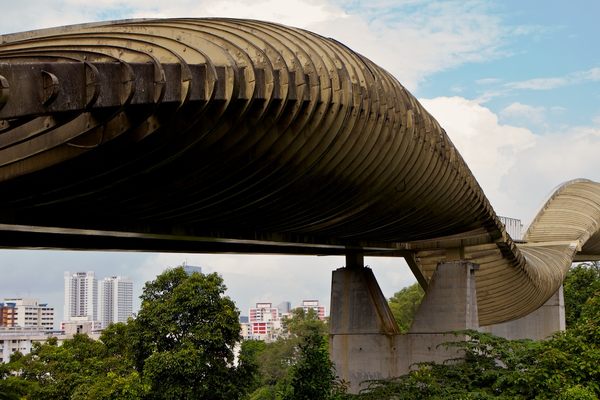Carpio Sanguinette Park
An innovative local park built from an abandoned sewage treatment plant.
In an unassuming corner of Denver along the banks of the South Platte River sits a park built on, and from, the remains of a local sewage treatment plant. Built in 1937, the treatment plant became obsolete by 1966 and sat abandoned and graffiti-tagged until the late 1990s, earning the moniker “Pirate Island.”
Finally, the City of Denver teamed up with an architecture firm to transform the blighted plant site into a 13-acre park, complete with an urban wildlife area, sports fields, a stormwater handling system, and tree groves. Most interestingly, it also preserved some of the elements of the former sewage treatment plan; parts of the settling ponds, aeration raceways, and sand filtration systems were incorporated into benches and boundaries for the sports fields.
The final design won an award from the American Society of Landscape Architects in 2001 for its innovative reuse of materials and existing structures. The public space was named the Carpio Sanguinette Park after two influential community leaders, Sal Carpio, one of Denver’s first Hispanic city councilmen, and the local Sanguinette family.
Know Before You Go
While the park can be accessed from Washington Ave., the best way of visiting the park is from the Platte River Greenway. Go north from the Confluence of Cherry Creek and the South Platte River approximately 4 miles.


















Follow us on Twitter to get the latest on the world's hidden wonders.
Like us on Facebook to get the latest on the world's hidden wonders.
Follow us on Twitter Like us on Facebook